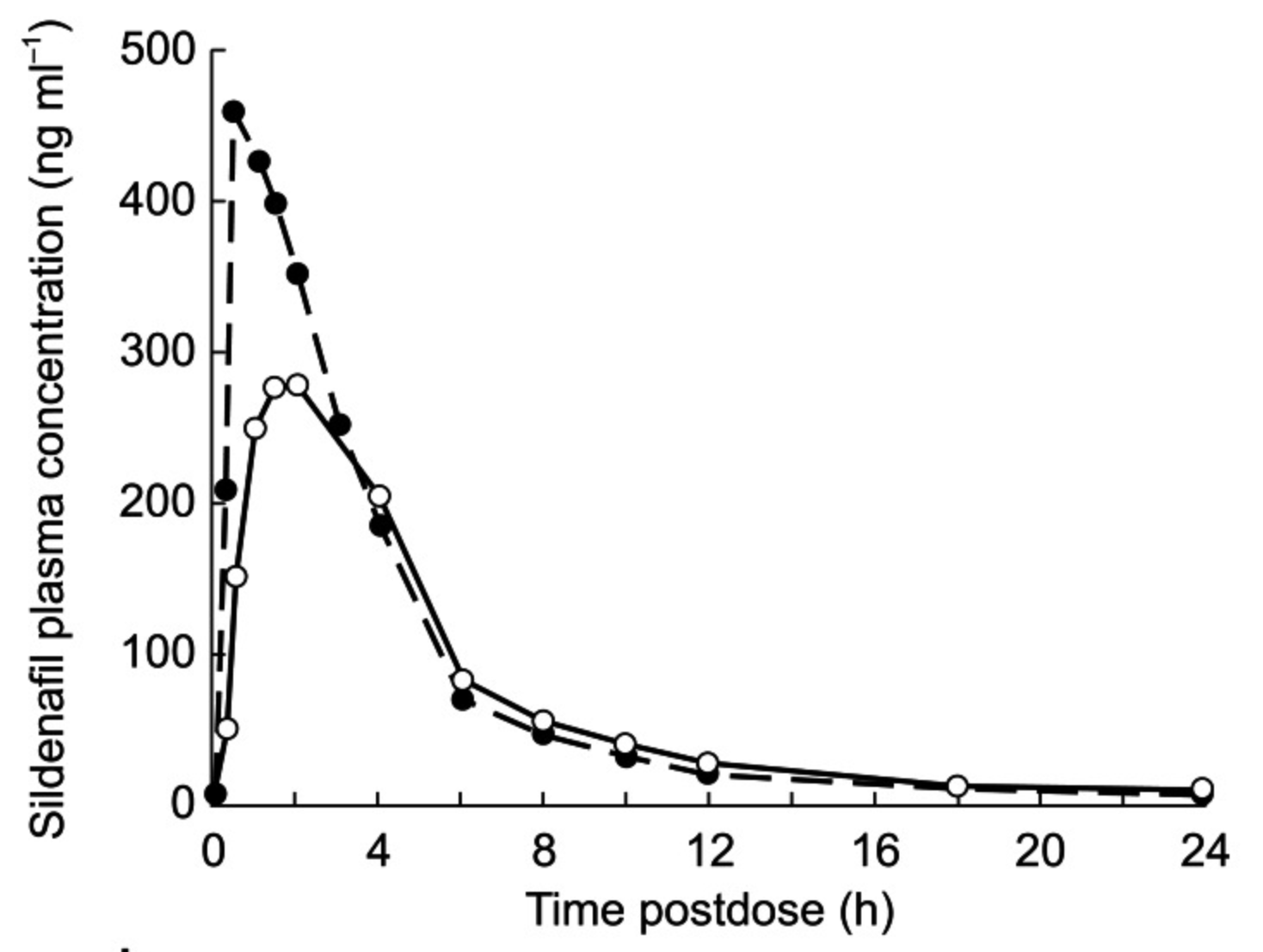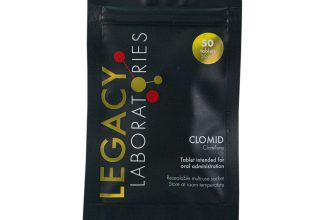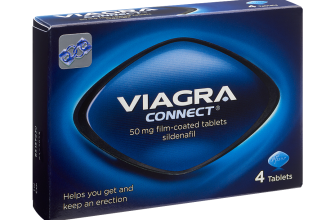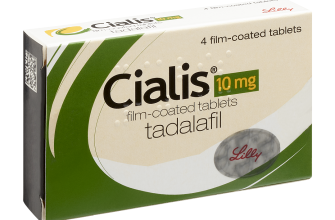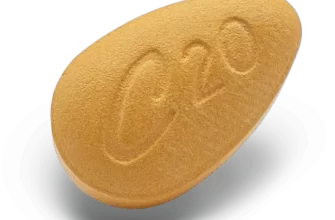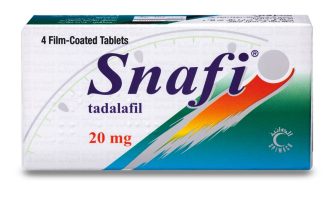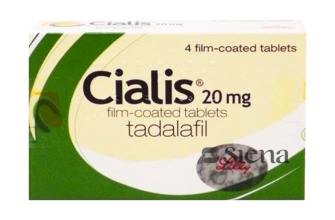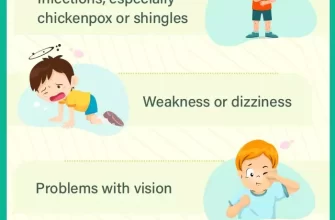When considering Cialis and Viagra, understanding their half-life is crucial for optimal use. Cialis has a half-life of approximately 17.5 hours, which allows for a more flexible dosing schedule. This means it stays active in your system longer, making it suitable for spontaneous activities. In contrast, Viagra’s half-life is about 4 to 5 hours, necessitating more precise timing before sexual activity.
The longer duration of Cialis can offer the advantage of a daily low-dose option, ensuring readiness without the pressure of timing. On the other hand, Viagra requires users to plan ahead, taking it around 30 to 60 minutes before sexual activity. This distinction plays a key role for individuals seeking convenience and control over their experience.
Both medications share a similar mechanism of action but differ in their pharmacokinetics. Knowing these details helps users make informed decisions, manage expectations, and seek the most suitable option for their needs. Understanding how half-life affects effectiveness can enhance the overall experience, tailoring it to personal lifestyles.
- Cialis vs Viagra: Understanding Half-Life
- Definition of Half-Life in Medications
- Importance of Half-Life
- Half-Life Comparison Table
- Comparing the Half-Life of Cialis and Viagra
- Implications of Half-Life on Efficacy and Dosing
- Dosing Strategies
- Interactions and Considerations
- Factors Affecting Half-Life and Individual Response
- 1. Metabolism
- 2. Age and Health Status
- 3. Drug Interactions
- 4. Lifestyle Factors
Cialis vs Viagra: Understanding Half-Life
Cialis has a half-life of approximately 17.5 hours, while Viagra has a shorter half-life of around 4 to 6 hours. This difference significantly influences how often each medication can be used and when it takes effect.
The extended half-life of Cialis allows for greater flexibility in spontaneous encounters. Men can take it once daily or as needed, providing a wider window of opportunity for sexual activity. In contrast, Viagra typically requires planning, given its shorter duration of action.
The onset of effects also varies. Cialis can start working in as little as 30 minutes, but its peak effectiveness occurs around 2 hours post-ingestion. Viagra usually takes about 30 to 60 minutes to kick in, with peak effectiveness around 1 hour. Understanding these timings helps in making informed choices based on personal lifestyle and needs.
For individuals who prefer a treatment option that fits more seamlessly into their routine, Cialis might be the better choice. However, those who want a fast-acting solution may opt for Viagra. Always consult a healthcare professional before starting any medication to ensure safety and suitability based on personal health conditions.
Definition of Half-Life in Medications
Half-life refers to the time required for the concentration of a drug in the bloodstream to reduce by half. Understanding this concept is key for proper dosing and timing of medications. Each medication has its own half-life, which impacts how long the drug remains effective and how frequently it needs to be administered.
Importance of Half-Life
Knowing a medication’s half-life allows healthcare providers to tailor treatment plans. For example, drugs with short half-lives may require more frequent dosing to maintain therapeutic levels, while those with long half-lives can often be taken less frequently. This consideration helps in managing potential side effects and ensuring effective treatment.
Half-Life Comparison Table
| Medication | Half-Life | Dosage Recommendation |
|---|---|---|
| Cialis | 17.5 hours | As needed or daily |
| Viagra | 4-6 hours | As needed |
This table illustrates the difference in half-lives between Cialis and Viagra. The longer half-life of Cialis enables more flexible dosing options compared to Viagra, which requires more precise timing related to activity. In practice, knowing these pharmacokinetic properties enhances patient adherence and therapeutic success.
Comparing the Half-Life of Cialis and Viagra
Cialis (tadalafil) has a longer half-life of about 17.5 hours, which allows for more flexible timing in relation to sexual activity. This can mean less pressure to plan intimate moments in advance, as it remains effective for up to 36 hours after ingestion.
On the other hand, Viagra (sildenafil) has a shorter half-life of approximately 4 to 5 hours. This means it works more quickly, usually within 30 to 60 minutes after taking it, but requires closer timing to sexual activity to ensure effectiveness.
The differences in half-lives make each medication suitable for different preferences. Those who prefer spontaneity may find Cialis more appealing due to its extended duration. In contrast, those who desire immediate action might opt for Viagra.
Consider taking Cialis for a weekend or special occasion when you want to minimize timing constraints. If you need something more immediate, Viagra can provide a more timely solution for specific moments.
Always consult a healthcare provider for personalized advice tailored to your health and lifestyle needs. They can help determine which medication aligns with your goals and circumstances.
Implications of Half-Life on Efficacy and Dosing
The half-life of Cialis and Viagra significantly impacts how they should be dosed for optimal efficacy. With half-lives of approximately 17.5 hours for Cialis and around 4-5 hours for Viagra, the timing of each medication becomes crucial. Cialis allows for more flexibility, enabling users to take it in advance and have prolonged effects, making it suitable for weekend spontaneity. In contrast, Viagra is typically taken 30 to 60 minutes before sexual activity, providing a more immediate response but on a shorter duration.
Dosing Strategies
For Cialis, a common recommendation is to take a low daily dose for continuous effectiveness, which facilitates readiness without planning. Conversely, for Viagra, sticking to the prescribed timing enhances the chances of a successful outcome. Patients should avoid taking Viagra too close together to prevent potential side effects. Individual responses may vary, so monitoring effectiveness and side effects can guide necessary adjustments in dosing.
Interactions and Considerations
Both medications require consideration of personal health factors and potential drug interactions. Cialis shows promise in treating the symptoms of benign prostatic hyperplasia, while Viagra’s primary focus is erectile dysfunction. Understanding the half-lives helps tailor treatment plans, ensuring both safety and efficacy are maintained. Regular consultations with healthcare providers can help optimize these therapies based on half-life implications, lifestyle, and preferences.
Factors Affecting Half-Life and Individual Response
A variety of factors influence the half-life of Cialis and Viagra and how individuals respond to these medications.
1. Metabolism
The liver plays a critical role in metabolizing both medications. Genetic variations in liver enzymes can significantly affect drug clearance. Individuals with faster metabolism may experience shorter half-lives, leading to quicker elimination of the drug.
2. Age and Health Status
- Age: Older adults may have reduced liver and kidney function, prolonging drug half-life.
- Renal Function: Impaired kidney function can lead to accumulation of the drug, affecting its duration of action.
- Cardiovascular Health: Conditions like hypertension or heart disease may alter the absorption and processing of these medications.
Consider regular health check-ups to monitor these factors. Adjusting dosage based on health status can optimize outcomes.
3. Drug Interactions
Concurrent use of other medications can influence the effectiveness of Cialis and Viagra. For example, certain antifungals and antibiotics may slow down the metabolism of these drugs, extending their half-life. Always inform your healthcare provider about all medications and supplements being taken.
4. Lifestyle Factors
- Diet: High-fat meals can delay absorption, affecting onset and duration.
- Alcohol Consumption: Alcohol can interfere with metabolism, potentially altering half-life and effectiveness.
- Smoking: Smoking can increase metabolic rate, possibly leading to shorter drug duration.
Maintaining a balanced diet and moderating alcohol and tobacco use can improve individual response to these medications.
By understanding these factors and their impact on half-life, individuals can make informed decisions and discussions with healthcare providers regarding medication use.

